The solenoid valve uses the electromagnet to push the valve core to control the direction of the compressed air, thereby controlling the opening and closing direction of the pneumatic actuator.
Its advantages are simple operation and easy remote control.
The electromagnetic directional valve can realize two-position three-way, two-position five-way and so on according to different requirements.
The electromagnet used to operate the solenoid valve is divided into AC and DC:
- The voltage of the AC electromagnet is generally 220 volts. Its characteristics are large starting force, short commutation time and low price. However, when the valve core is stuck or the suction force is insufficient to make the iron core unable to attract, the electromagnet is easy to burn out due to excessive current, so the working reliability is poor, there is impact during operation, and the life is low.
- DC electromagnet voltage is generally 24 volts. It has the advantages of reliable operation, no burnout due to stuck valve core, long life and small size, but the starting force is smaller than that of AC electromagnet, and rectifier equipment is required when there is no DC power supply.
In order to improve the working reliability and service life of electromagnetic directional valves, in recent years, wet electromagnets are increasingly widely used at home and abroad. There is no need to seal between this electromagnet and the slide valve push rod, eliminating the friction at the O-ring seal. The outside of its electromagnetic coil is directly sealed with engineering plastics, and it is not used as a metal shell. This not only guarantees insulation but also facilitates heat dissipation, so it has reliable work, low impact and long life.
Solenoid valve structure:
The solenoid valve includes (coil, magnet, ejector).
When the coil is energized, magnetism is generated, which attracts the magnet and the magnet will pull the ejector pin. When the power is turned off, the magnet and the ejector rod are reset, and the solenoid valve completes the work process. This is how the solenoid valve works.
Solenoid valve is generally used in hydraulic systems to close and open the oil circuit.
In fact, according to the temperature and pressure of the flowing medium, such as pressure in the pipeline and no pressure in the free flowing state. The working principle of the solenoid valve is different.
For example, the zero-voltage start-up is required in the free-flow state, that is, the coil sucks up the brake body after the power is turned on.
The solenoid valve under pressure is a pin inserted in the brake body after the coil is energized, and the brake body is pushed up by the pressure of the fluid itself.
The difference between the two methods is that the solenoid valve in the self-flow state needs to suck up the pin because the coil needs to suck up the entire brake body, so the solenoid valve with a large volume only needs to suck up the pin, so the volume can be compared. small.
Classification of solenoid valve
Tracing the history of the development of solenoid valves, so far, solenoid valves at home and abroad are divided into three categories in principle (ie: direct-acting, step-by-step pilot-operated), and the difference between the structure and material of the valve disc and The difference in principle is divided into six sub-categories (direct-acting diaphragm structure, step-by-step repeating-piece structure, pilot-diaphragm structure, direct-acting piston structure, step-wise direct-acting piston structure, and pilot-piston structure).
Direct-acting solenoid valve:
Principle: When power is applied, the electromagnetic coil generates electromagnetic force to lift the closing member from the valve seat, and the valve opens; when the power is off, the electromagnetic force disappears, the spring presses the closing member on the valve seat, and the valve closes.
Features: It can work normally under vacuum, negative pressure and zero pressure, but the diameter is generally not more than 25mm.
Distributed direct-acting solenoid valve:
Principle: It is a combination of direct-acting and pilot-operated principle. When there is no pressure difference between the inlet and the outlet, after the power is turned on, the electromagnetic force directly lifts the pilot small valve and the main valve closing part upwards, and the valve opens. When the inlet and outlet reach the starting pressure difference, after the power is applied, the electromagnetic force pilots the small valve. The pressure in the lower chamber of the main valve rises and the pressure in the upper chamber decreases, so that the main valve is pushed upward by the pressure difference. Force or media pressure pushes the closing piece and moves down to close the valve.
Features: It can also operate under zero pressure difference, vacuum, high pressure, but the power is large, and it must be installed horizontally.
Pilot operated solenoid valve:
Principle: When power is applied, the electromagnetic force opens the pilot hole, the pressure in the upper chamber rapidly drops, and a pressure difference between the upper and lower parts is formed around the closing member. The fluid pressure pushes the closing member upward and the valve opens; when the power is off, the spring force opens the pilot. The hole is closed, and the inlet pressure quickly passes through the bypass hole to form a low-to-high pressure difference around the valve closing member. The fluid pressure pushes the closing member to move downward and close the valve.
Features: The upper limit of the fluid pressure range can be arbitrarily installed (customized) but must meet the fluid pressure differential conditions.
The above is an explanation of the working principle and classification of the solenoid valve, if you have any questions or needs. You can contact us. In the future, we will also launch new articles for you to read.


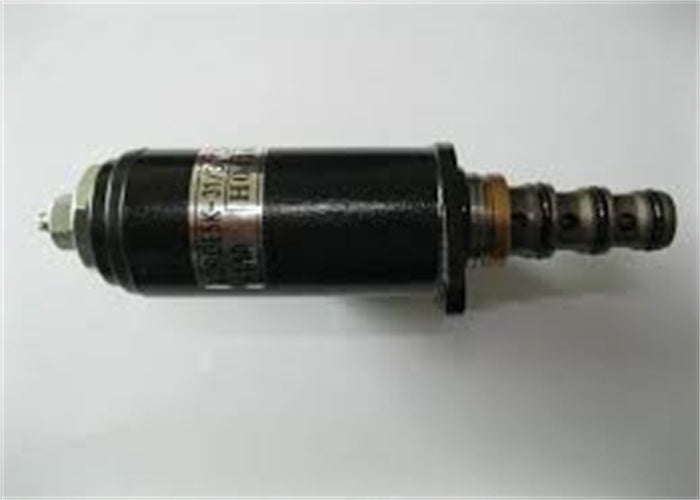





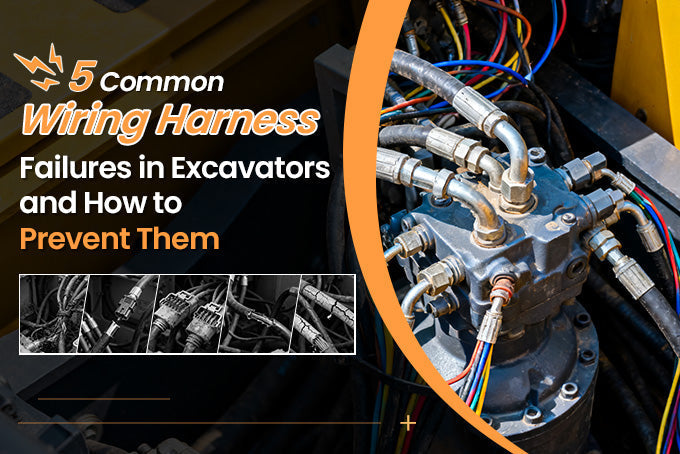
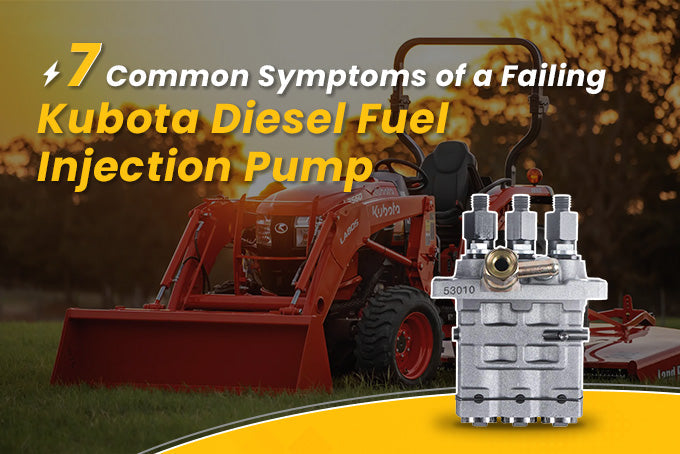
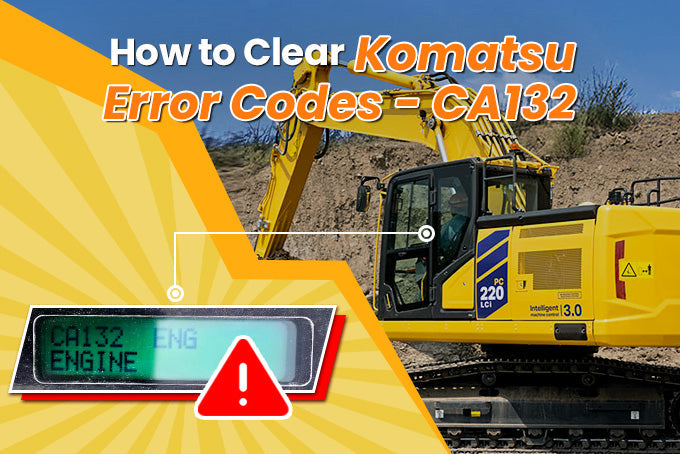
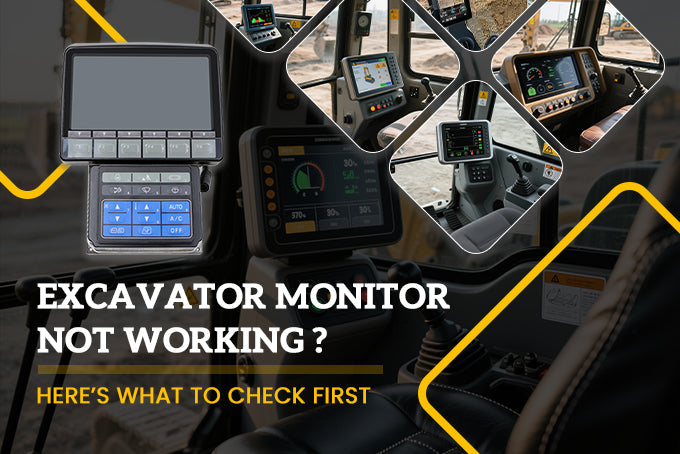
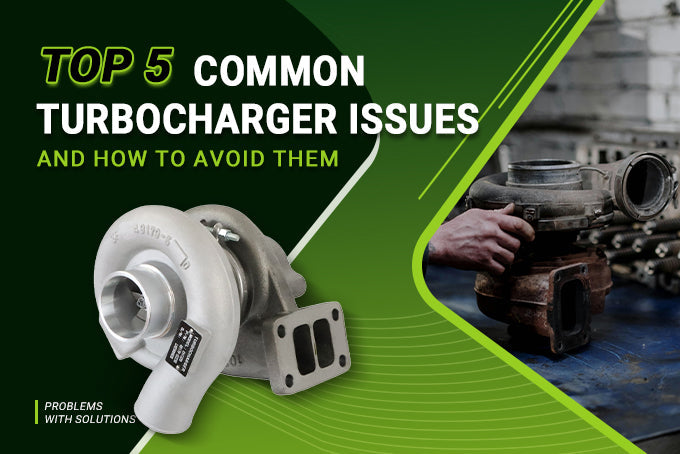
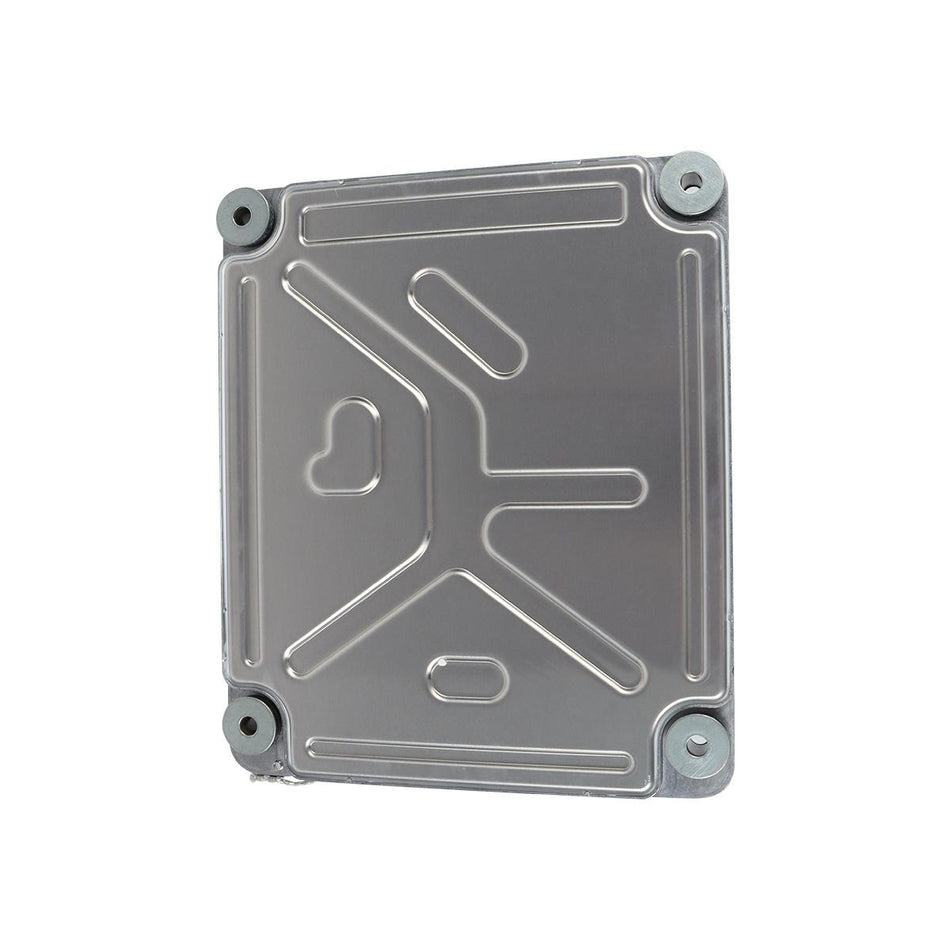
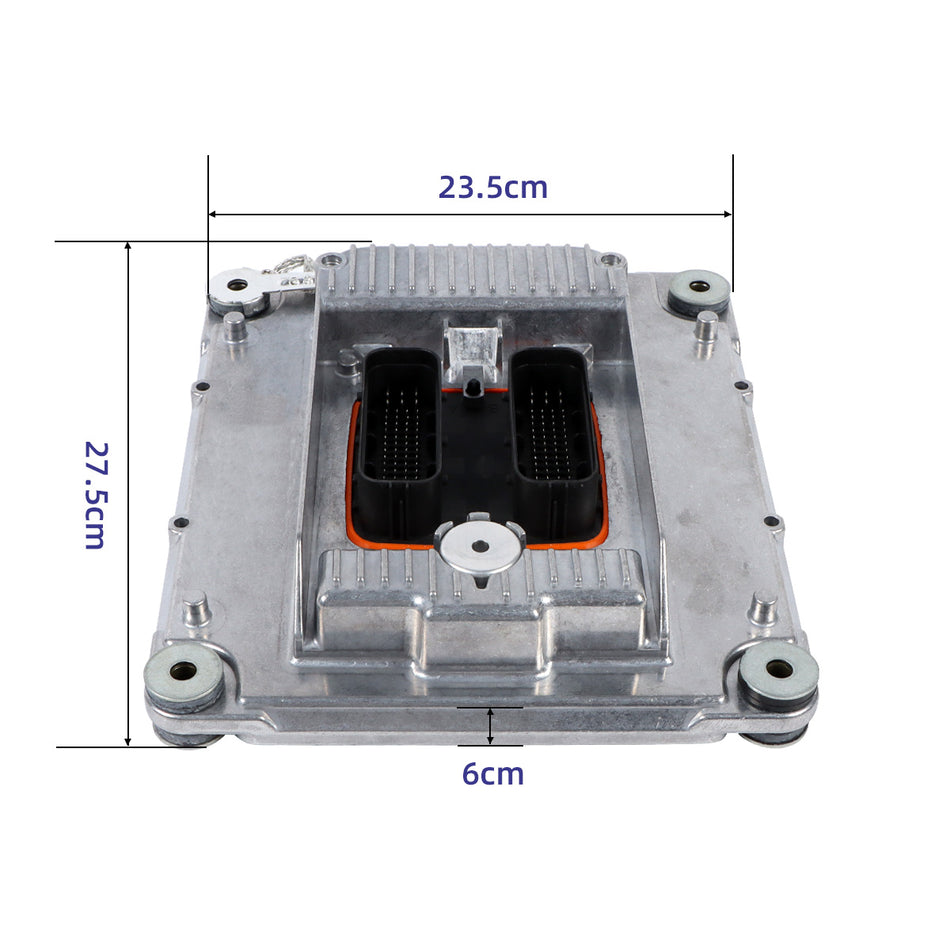


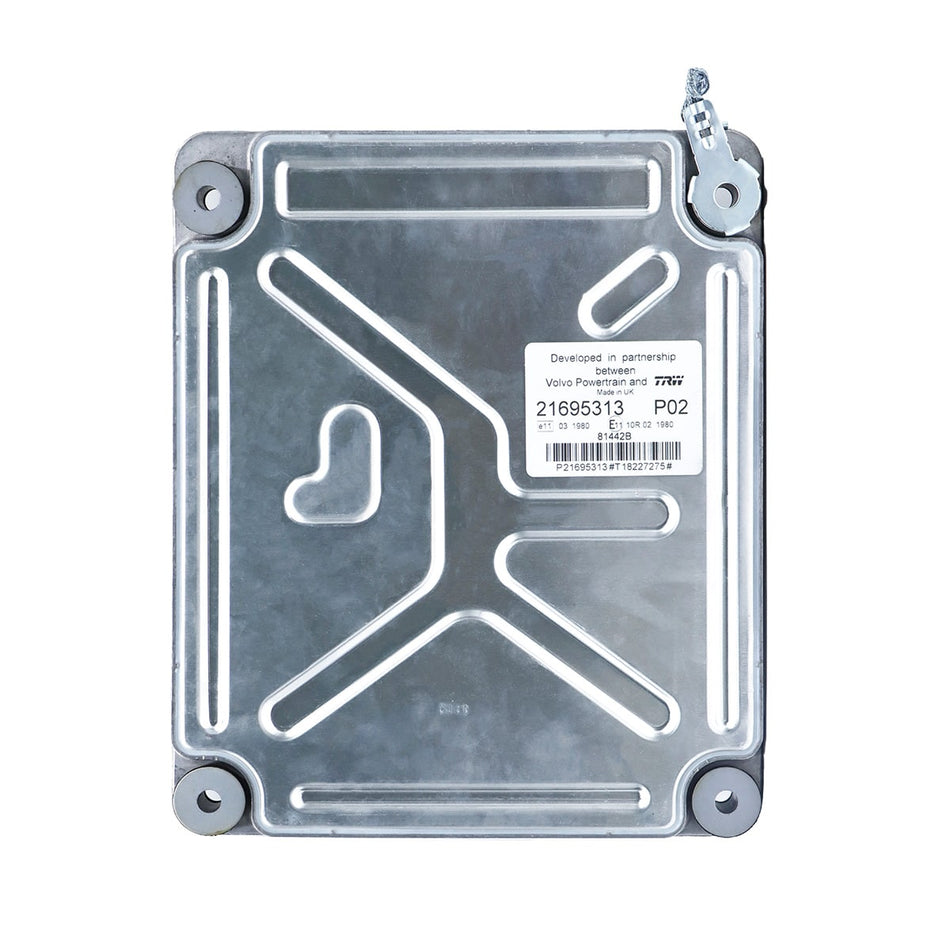


1 comment
It was interesting to learn that solenoid valves are typically used to control the oil circuit in a hydraulic system. I imagine that it would be necessary to invest in solenoid valves from a supplier with a good reputation. A great way to determine a supplier’s reputation, in my opinion, would be to check the BBB. https://gouldvalve.com/